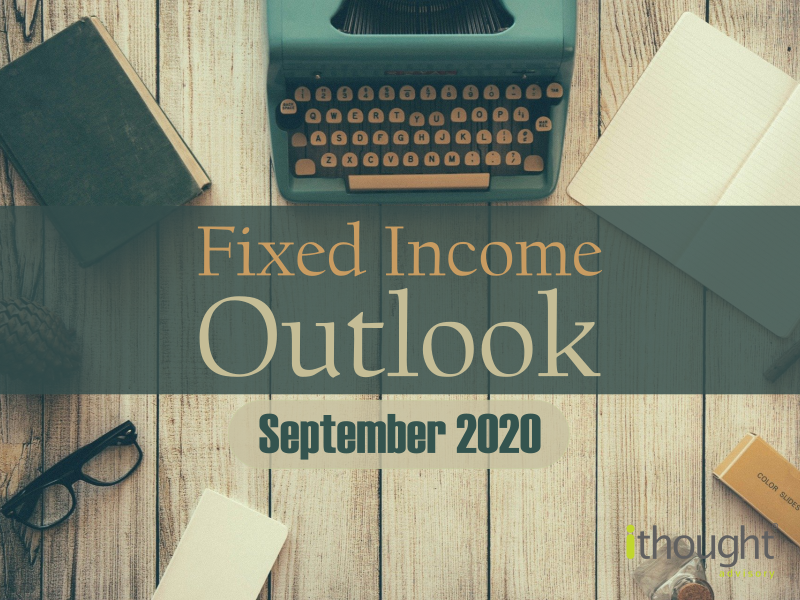
Fixed-income investors have a lot on their plates. In 2020, they’ve dealt with extreme volatility, FII outflows, mutual fund schemes winding down, and modest returns. In this piece, we’ll explore the impact of loan moratoriums, inflation, and monetary transmission on fixed-income investment strategies.
Loan Moratoriums & NPA
The RBI announced loan moratoriums in March. This temporary measure provided relief to borrowers through lockdowns. Now that the economy is reopening, credit discipline is back in focus. Extended moratoriums hurt financial stability.
The RBI recently allowed lenders to offer a one-time restructuring to MSME accounts. Markets fear that this dilutes the resolution process. Previously, restructuring loans snowballed into non-performing assets. This time is different. Firstly, this applies only to MSME accounts and not large corporate accounts. Secondly, the memories of provisioning, writing off loans, and recovering dues are fresh. Banks are reluctant to restructure. Lastly, this is a one-time limited offer.
Monetary Transmission
2020 has witnessed improved monetary transmission. The RBI’s rate cuts result in lower lending and deposit rates. Low-risk one-year fixed deposits return 5%-6%.
Transmission is maximum at the short-end and decreases as duration increases. It’s also fully priced into the AAA segment and is lagging in the credit segment. Despite OMO purchases, the longer end of the curve remains volatile.
RBI Monetary Policy
From March until August, the RBI’s primary objective was to mitigate the economic impact of lockdowns. They introduced the moratorium scheme, providing relief to borrowers. They reduced interest rates and increased liquidity in the system for better transmission. The central bank also introduced TLTRO (Targeted Long-Term Repo Operations) which nudged banks to lend to NBFCs. It conducted OMO to lower long-term yields. Going forward, the RBI will focus on preserving financial stability and controlling inflation.
The policy stance remains accommodative. The RBI can reduce rates only if inflation eases. So, where do fixed income opportunities lie?
Investment Strategy
Duration calls work best when the interest rate cycle is clear. We have limited visibility into the future. At this point, taking duration calls carry more risks than rewards. No investor wants to lock into a long-term investment when rates are low. The already volatile long end stands to lose the most when interest rates rise. Risk-reward looks better in the medium-term space.
Fundamentals point to an interesting investment opportunity in credit. Credit spreads are elevated compared to historic averages. Credit is viewed negatively, even as the economy normalises. Plenty of well-managed companies with stable balance sheets and strong promoters are borrowing from the market. The excess negativity creates a brief investment opportunity. Credit is worth exploring for those with a longer investment horizon and a greater appetite for risk.